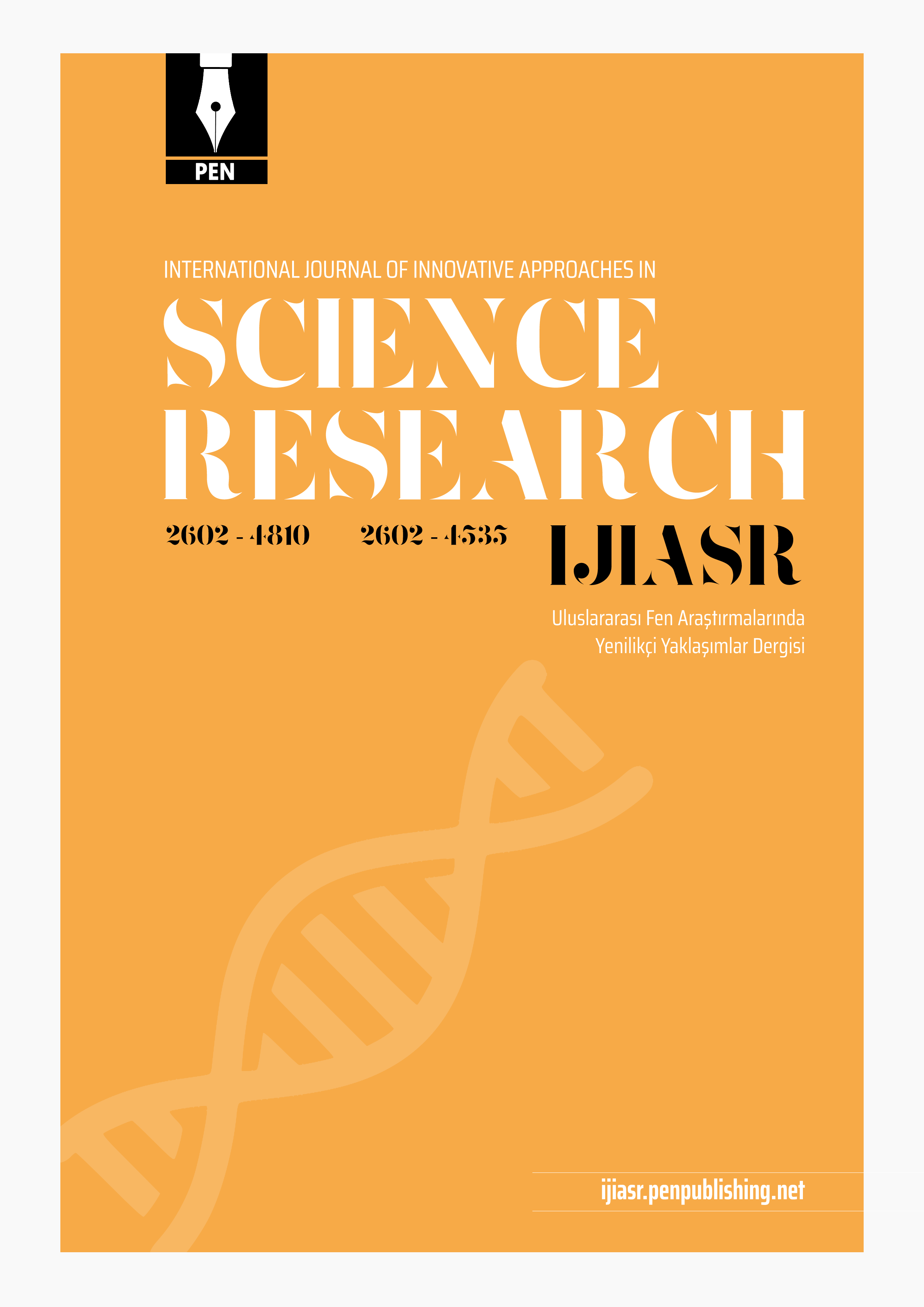
Uluslararası Fen Araştırmalarında Yenilikçi Yaklaşımlar Dergisi
Yazarlar: Jalil Idi James, Abubakar Aisami, Muhammad Salisu Maijama, Boyi Dorcas Adams , Sandra George Zira
Konular:-
DOI:10.29329/ijiasr.2020.237.1
Anahtar Kelimeler:Carica Papaya,Hydrolysate,Antioxidant,Α-amylase,Inhibitory-activity
Özet: Carica papaya, a plant belonging to the Caricaceae family produces pawpaw fruit; a very useful plant commonly found in most of the tropical African countries, with Nigeria being the third largest producer worldwide. Protein hydrolysates from Pawpaw (Carica papaya) seeds were examined for in-vitro α-amylase inhibitory and antioxidant activities. Pawpaw seeds proteins were isolated and subsequently hydrolyzed by trypsin and pepsin. The degree of breakdown by trypsin (40.97 ± 0.18%) was more (p < 0.05) than pepsin (33.60 ± 0.23%). The peptide yield of tryptic hydrolysis (7.35 ± 0.17%) was significantly higher than that of peptic hydrolysis (5.13 ± 0.04%). All the hydrolysates, including the standards, show α-amylase inhibitory activities and antioxidant activities in a concentration-increasing manner. Trypsin hydrolysate showed the highest α-amylase inhibition (63.64 ± 1.55%). 50% effective concentration (EC50) for Pepsin hydrolysate (0.61 ± 0.02 mg/ml) was lower than trypsin hydrolysate (0.66 ± 0.01 mg/ml). The trypsin hydrolysate displayed the higher ferric reducing antioxidant power (FRAP) and H2O2-Scavenging activities (5.8mg/ml and 22.54 ± 0.12% respectively) while pepsin hydrolysate showed the best DPPH-scavenging activity (75.99%). The results, therefore, suggest that C. papaya seeds protein hydrolysates may serve as a food source with curative properties like antioxidant capacity and inhibitory effect against α-amylase